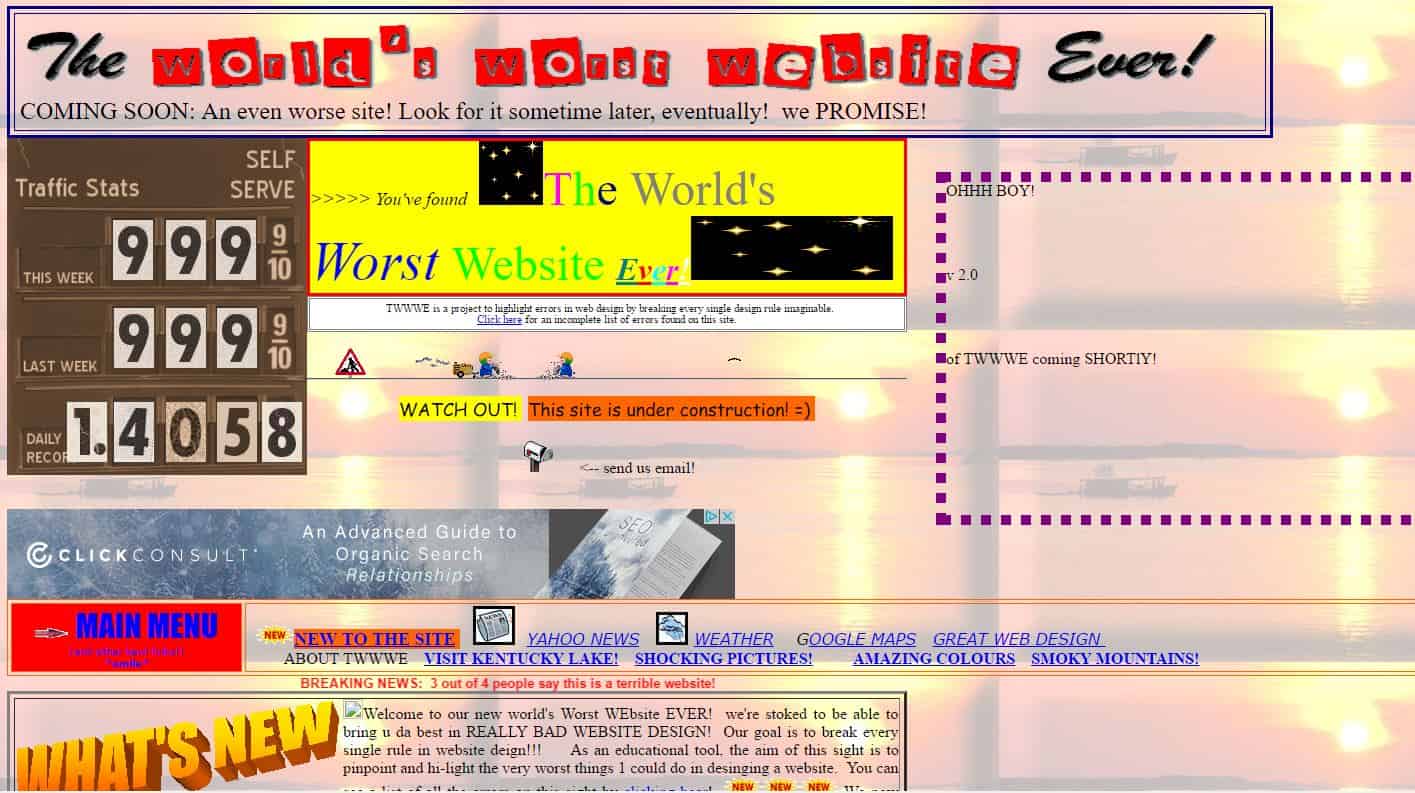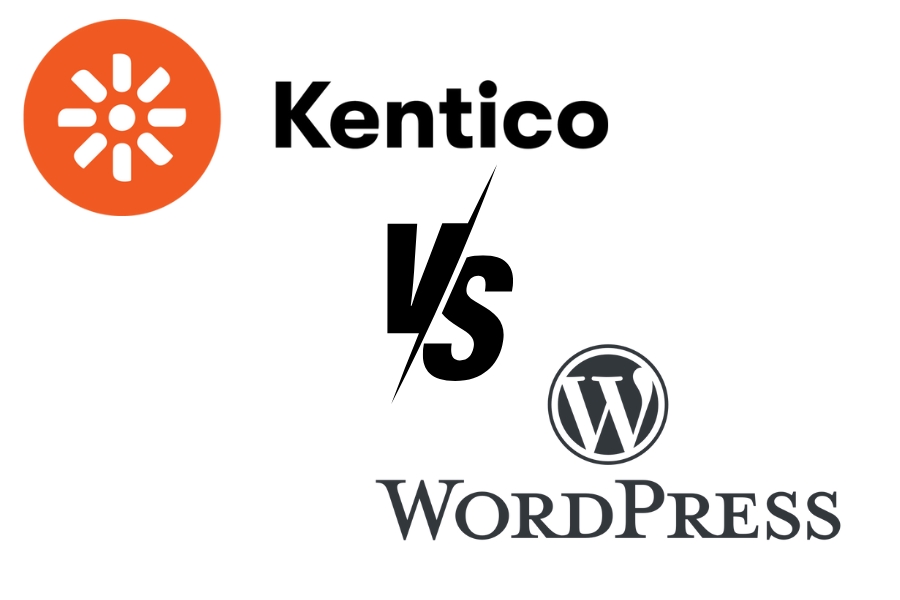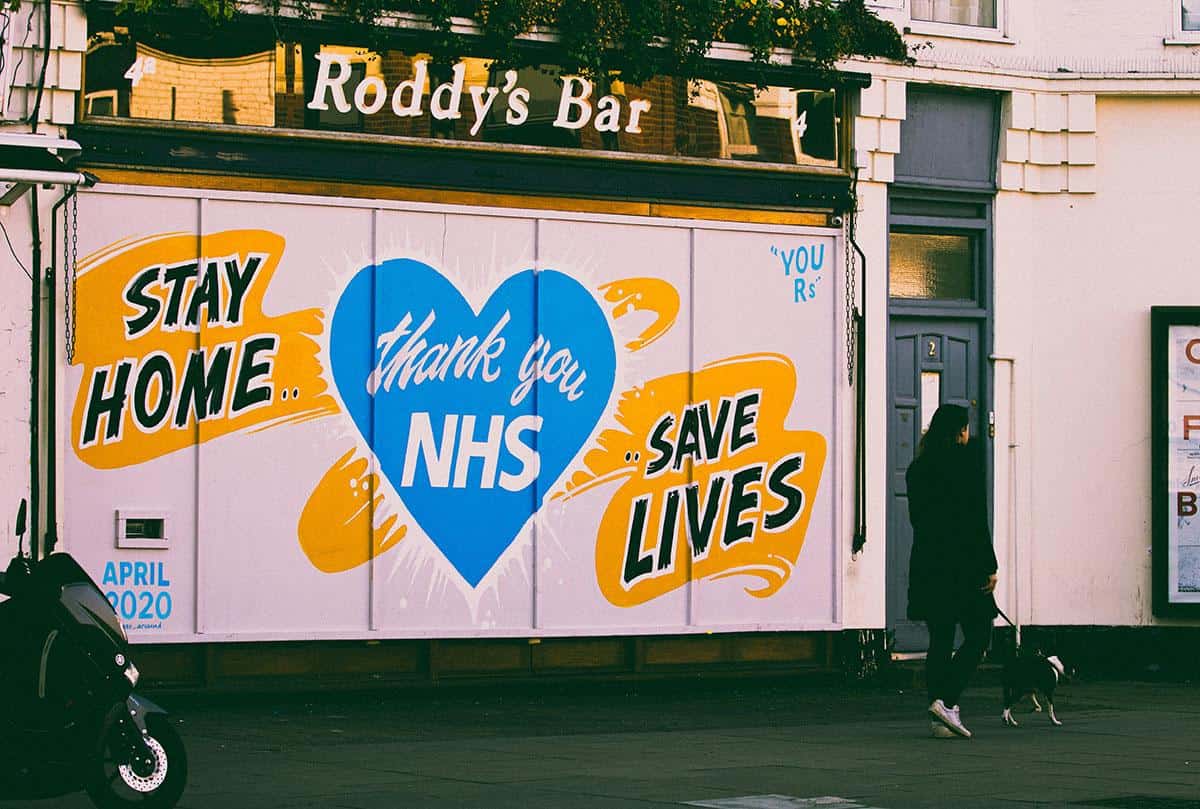Website design has come a long way over the last few years, with more and more businesses adopting mobile-responsive web designs that look great on every device.
But there are still many businesses making an array of web design mistakes that damage the image of their brand, and means a loss of sales.
Here we go through a number of common web design mistakes businesses have been making, so you can avoid doing the same.

Not Using a Responsive Web Design
In 2017, it’s still surprising not all businesses have a mobile-friendly website. By now, a responsive design is almost a necessity in order to attract customers and ensure they can navigate your site.
With the rise of smartphones and tablet devices, you simply cannot afford to offer a sub-par experience for your customers on these devices. They will simply see you do not care for their experience, and will go straight back to the search results and click on a competitor that offers a mobile-friendly browsing experience.
Having a responsive design is also beneficial for SEO, as Google will give higher rankings to mobile-friendly websites, which can help you generate more sales, too. There is no downside to responsive web designs, and you should be investing now if you haven’t already.

No Clear Calls to Action
Once a potential customer is on your website, what do you expect them to do?
Do you want them to make a purchase? Fill out a form? Subscribe to your newsletter?
You need to make it very clear what you want your customers to do. You should also make it as simple as possible for customers to find what they are looking for, and ensure they can find options to purchase or add to cart as efficiently as possible.
With other calls to action, ensure it outlines what is in it for them, and then the call to action should tell them what to do in order to attain this.
Over-Complicated Web Design
In order to have a successful online business, you need a web design that helps you generate revenue. You need to be marketing your website, and not impressing them with your website.
Your design should not be focused on getting people there, but also on ensuring they find the right place in order to convert.
Simplistic websites with a focus on marketing and clear messaging often outperform websites that simply look nice. It’s also much more difficult to read complex website on a mobile phone or tablet.
You need to give customers a good reason to stay on your website within seconds, so make sure it’s right in front of their eyes.
Settling for a Cheap Website Design
As we are a digital agency, we are often approached by companies who have hired a cheap web design agency who offered the world for nothing, or perhaps a “friend of a friend” who does websites in his spare time. And time and time again, they are left unhappy with a website that damages their brand’s reputation.
A good website design isn’t just a design for the sake of your site looking nice, it is a business asset. Whoever is designing your website should have your business decisions and brand messaging at the heart of the design, and make sure everything is designed around your end aim. Whether that is generating leads or sales, the design should help this happen.
At the end of the day, you should be looking to invest in a high-quality website that has been thoughtfully designed by experienced website designers. A website is often the first impression a customer will have of your brand, and will often be the only impression that have if it doesn’t meet their standard, or they cannot find what they are looking for.
Using Website Builders
I’m not saying this purely because we do web design, but many companies have been swayed by cheap tools and think it’s good enough.
While website builders might be good for personal projects, or perhaps a one-man-band company that wants to get his contact details online, it’s not good for a professional business.
If you use a cheap website builder for a professional business, it could turn customers away as you will provide a poor experience and look cheap in the process. All of this damages your brand.
A website is a business asset, and reflects directly onto your company, and what your brand is all about.
A website builder can also damage the performance of your website, and will have a severe impact on your SEO. If your rankings suffer because the website builders aren’t optimised in the best way, then you will struggle to build this up again, and high rankings in themselves are a business asset that should not be risked at any cost.
Builders also have poor coding, which means loading times are sky-high which affects SEO and the user experience. They also may have a low-barrier cost-wise when you start, but it soon all adds up and could cost you more in the long-run.
A professional web designer will give you exactly what you want, and provide their own expertise to ensure it’s the best possible website it can be.
Ignoring SEO in the Web Design
SEO needs to be at the front of any business’ mind when building a new website. You need to outline the keywords you want to target, and how people are going to find your website.
This should then feed back into the web design, and can inform which product or service pages you will need, where copy will go, and how it will all look.
Your website itself needs to be optimised from a technical standpoint, too. It will need to be updated to keep up-to-date with the latest trends and algorithm changes that Google or other search engines makes.
For instance, many businesses still have duplicate title tags across their website. This will be damaging their rankings, and is a missed opportunity to market their products or services to customers browsing for what they have to offer in the search results. If one result details exactly what they are looking for on the page, and one is a generic brand name, a customer is always going to click the title that is what they are searching for. Ensure your brand is in front of their eyes when they do so, and it says the right things.
SEO is time-consuming, but very worthwhile. It is simple, but there are many parts of it. And one big part is ensuring your website is built from the group up with SEO in mind, from the content you put on the page through to the Schema mark-up.

Forgetting to Implement Social Updates and Profiles
Having links to your social media profiles or a stream of your latest updates on your website can have a big impact on generating more followers, and getting more engagement with your content.
Many customers will go to a brand’s website in order to find links to their social media profiles. If you aren’t putting them there, then you will be missing out in creating returning website visitors who may engage with your content and updates though social media in the future.
Forgetting to Track with Google Analytics
There’s no excuse for not putting Google Analytics or some other form of software on your website.
Marketing is simply not worthwhile if you aren’t doing the tracking and reporting to see where it is working, and where it is not. You will be wasting your time.
A website only works when you can see what is performing well and what isn’t. Measuring metrics, assessing which pages are performing well and improving particular pages is all a science that leads to generating more revenue, and having a better performing website.
If you don’t implement Google Analytics, you can’t see which pages get the most views, you can’t see which pages people are finding in the search results, and much more.
You need to be able to measure your objectives, and use this information to move your website in the right direction with your design.

Bad Quality Content
It’s all well and good having a nice-looking website, but if you haven’t invested or spent the time generating content to go onto your website, then it’s a waste of time.
You should outline your products or services as efficiently as possible, and in a place a customer would expect to find these details.
Address the needs of your customers, and think about what they would be looking to find on your website. How can you help speed up the customer journey?
Also ensure all content and copy is kept up-to-date. Not only does this help with your SEO, as Google loves to see websites getting updated, but it also helps to provide a better customer experience that has more information.
Ensure your blog is updated regularly, and not left dormant for months on end without a post. And when you do post, make sure it is relatively lengthy, and not a hundred words of your latest business venture.
Content also covers images, infographics, videos, and other forms of media. For instance, cheap videos reflect poorly on a company, so rather than showing cheesy stock videos or animations, consider hiring a professional.
Using Poor Quality Images
In 2017, we really should have said goodbye to cheesy stock images of generic office environments that are very obviously not the business in question. Yet it still happens.
Many old business websites use no images at all, which can look old-fashioned and simply not good enough in the modern age. Of course, not all brands need incredibly visual websites, but it can bring your brand to life a little if you add some visual elements.
Consider hiring a professional photographer to take photos of your team, your products, or your workplace. This can really add to the image of your brand, and help customers connect with the message you are trying to convey.
If you use generic stock images, it can turn customers away from your brand. You need to have a good first impression, and that is what your website should aim to achieve. Focus on original visuals, whether it’s through images, videos, illustrations, or otherwise.
Focus on your Target Audience
Rather than attempting to build a website that appeals to everyone, focus on your target market.
Think about the messages you are trying to convey. This will affect the copy, images and the overall design. What would appeal to your target demographic, audiences or specific personas?
Focus in on your most frequent visitors, or the best clients you currently have, and curate the best experience possible.






